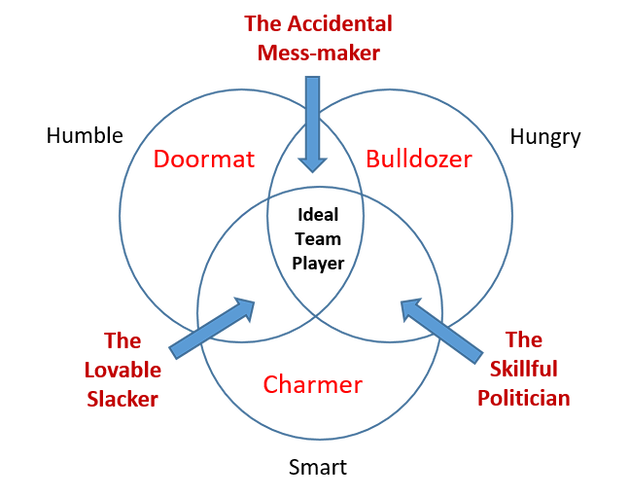
Humble, Hungry, Smart Teams and Agility
Attributes for teams to succeed with Agile methods
As part of the Agile transformation we undertook a few years back in my organization, I kept hearing the term “Servant Leadership” as a key aspect for transforming to Agile “culture”. The term itself is quite powerful and evokes the right perspectives in turning on its head the traditional notions of “leadership” as implying “command and control”. Given my instincts on people leadership (refer to my earlier post here), I felt quite confident I could coach the leaders on my team to successfully make the transition. And we did!
However, the word by itself spoke only about the leadership aspect. It left the attributes of the team members for success with Agile open. Having had tremendous success with Agility in our transformation journey and the benefit of hindsight, I wondered what made us succeed. I intuitively knew there were some ingredients that my team members inherently had that helped us succeed, but could not place my finger on it.
A year ago I chanced upon a very small but powerfully written book “The Ideal Team Player” by Patrick Lenconi. The combined triumvirate of Humble, Hungry AND Smart being the key aspects of being great team player struck me as the answer to the question in my head.
The light bulb that went off in my head was that some of the intuitions I had been using to build my teams over decades were in fact these three attributes; HUMBLE, HUNGRY and SMART. I articulate below the key manifestations of these three attributes in software engineers working on solving cutting edge problems in an Agile context.
- In the high tech industry, we cannot hire engineers based on the “skills” they possess. This is because, any skill in the software industry is obsolete in about 5 years (and trending lower each year). To that end, what I always looked for in engineers joining my team was “learnability” and “curiosity”. I was more interested in HOW the engineer learnt than what they knew. Engineers with strong current technical ability COMBINED with healthy curiosity and learnability were always “HUNGRY” to learn and could handle the obsolescence well.
- The software stack my team was responsible was so large that NO one engineer could know it all. Combined with the brutal truism above of obsolescence, the problem only became worse. My strategy to overcome the challenge was to look for engineers who were good “listeners”. This implies that they were open to possibility that some ideas are better than theirs and allow for the best idea to win. This nature required engineers on my team to be “HUMBLE”.
- A key aspect to building products for customers is the level of ownership of the business narrative among engineers. It is important for engineers to know WHY they are building something and HOW it solves the customers’ problem. When I interviewed engineers, I would dig into their understanding of their business… not just the architecture, design or code of the systems they built. I would then spend a lot of time during the interview explaining in depth WHY we did what we did and ensured engineers came on board with a deep appreciation and excitement to engage in the business problem my team was solving. This obsession ensured that engineers asked WHY they were building something — a key aspect of Agile stories. This made them SMART and open to ask questions and not take things on face value.
Most commentaries on Agile methodologies focus on processes, rituals, roles and team organizations. Literature that talks about Agile culture is often too fuzzy and readers don’t comprehend it deeply. I hope my articulation above provides some practical tools for leadership to build teams that will succeed with Agile.
